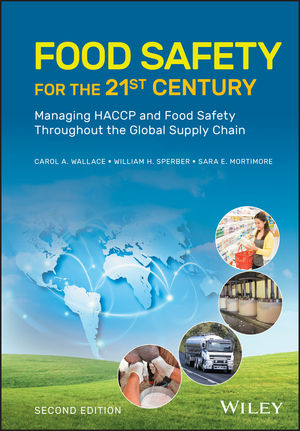Food Defense Systems
Staff vigilance: The first line of food defense
Facing mandates to safeguard against deliberate contamination, food companies walk a fine line between implementing effective defenses and creating an uncomfortable workplace.

Vision inspection systems are loaded with advanced technology that requires expert support. Remote access can deliver that support, provided computer security is in place. Source: Key Technology Inc.


New regulations won't require hiring personnel with law enforcement backgrounds but are expected to require documented training of the food defense coordinator at each facility. Source: AIB International Inc.

Key cards are popular access-control devices, though security managers fret about “tailgating”—multiple individuals entering on one swipe. Source: Tyco Integrated Security.




Hello, Big Brother
- Coating, mixing, grinding and remix operations
- Staging and ingredient-adding operations
- Bulk liquid receiving and loading
- Storage for both bulk and non-bulk materials.
Balanced approach
The chain’s weak links
What FSMA says about malicious acts
Americans already were on edge about deliberate poisoning of the nation’s food supply in September 2001 when letters containing anthrax spores began infecting postal workers and others, resulting in five deaths. The vulnerability to bioterrorism inspired the 2002 Bioterrorism Act and other legislation aimed at tightening the handling and transport of raw food. But the first explicit mention of intentional contamination did not come until passage of the Food Safety Modernization Act of 2011.
Section 106 of FSMA is titled, “Protection against intentional adulteration.” The phrase “intentional adulteration of food” appears four times, and the section commits the Secretaries of Health and Human Services and Homeland Security to complete a risk assessment to determine “science-based mitigation strategies” for food companies. Execution of those strategies is to “apply only to food for which there is a high risk of intentional contamination” and to be limited to products with “clear vulnerabilities (including short shelf life or susceptibility to intentional contamination at critical control points).”
Proposed regulations for carrying out site-specific assessments faced a July 2012 deadline, but, as with other FSMA guidelines, release has been delayed. The first FSMA guidelines were released in January, but the expectation is that intentional adulteration guidance will not be available until 2014.
|













